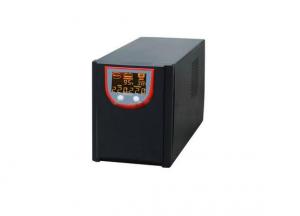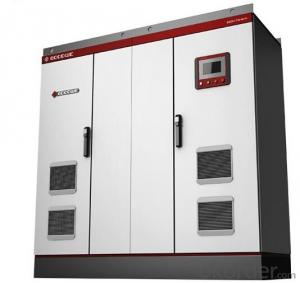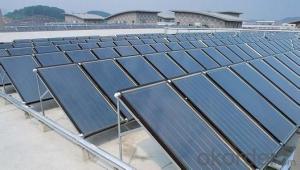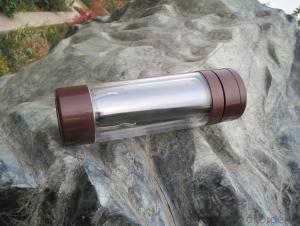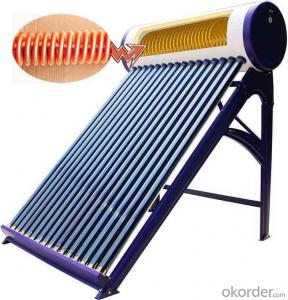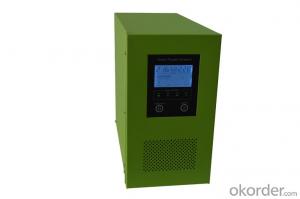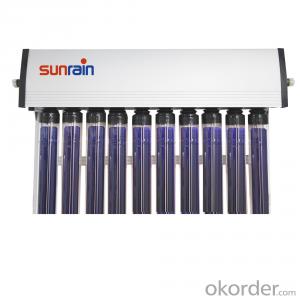Hs Code For Solar Inverter
Hs Code For Solar Inverter Related Searches
Solar Pump Inverter Hs Code Hybrid Solar Inverter System Hybrid Solar Inverter Solar Hybrid Inverter Solar Hybrid Inverter System Solar System Hybrid Inverter Hybrid Inverter Solar Hybrid Inverter Solar System Hybrid Solar Power Inverter Smart Hybrid Solar Inverter High Voltage Solar Inverter Hybrid Solar Inverter Diagram Inverter Hybrid Solar Buy Hybrid Solar Inverter Household Solar Inverter Hybrid Solar Charger Inverter Solar Inverter Requirements Solar Inverter Hybrid Hybrid Solar Inverter Price Inverter Solar Hybrid High Power Solar Inverter Eps Solar Hybrid Inverter Heavy Duty Solar Inverter Best Solar Hybrid Inverter High Frequency Solar Inverter Solar House Inverter High Efficiency Solar Inverter 12v Hybrid Solar Inverter Hybrid Inverter Solar Panel Solar Hybrid Pcu InverterHs Code For Solar Inverter Supplier & Manufacturer from China
Solar inverters, classified under the Hs Code For Solar Inverter, are essential components in photovoltaic systems that convert sunlight into usable electrical energy. These devices play a crucial role in transforming the direct current (DC) generated by solar panels into alternating current (AC), which can be utilized by electrical appliances and fed into the power grid. The Hs Code For Solar Inverter encompasses a wide range of products, including string inverters, central inverters, and micro-inverters, each designed to cater to different solar power system configurations and requirements.The application and usage scenarios of Hs Code For Solar Inverter products are vast, extending from residential rooftop installations to large-scale commercial and industrial solar power plants. These inverters are indispensable for ensuring the efficient operation of solar energy systems, as they not only convert DC to AC but also manage the voltage and current levels to optimize power output and safeguard the system from potential damage. In addition to their primary function, modern inverters also come equipped with advanced monitoring and communication features, enabling system owners and operators to track performance, detect faults, and maximize the return on their investment.
Okorder.com is a reputable wholesale supplier of Hs Code For Solar Inverter products, boasting a comprehensive inventory that caters to the diverse needs of the solar energy market. With a strong commitment to quality and customer satisfaction, Okorder.com offers a wide selection of inverters from leading manufacturers, ensuring that customers can find the right product for their specific application. Whether it's a small-scale residential system or a large utility-scale project, Okorder.com's extensive inventory and competitive pricing make it a go-to source for Hs Code For Solar Inverter products.
Hot Products

